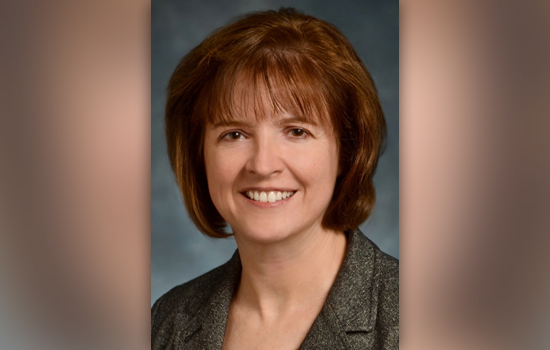RIT honors Texas A&M vice chancellor
Texas A&M vice chancellor and dean recognized for leading research, teaching and engagement
Provided by Texas A&M, College of Engineering
Katherine Banks
In recognition of the influential role that the academic leaders of engineering colleges play in creating the engineers of tomorrow, the Kate Gleason College of Engineering at Rochester Institute of Technology has established the Kate Gleason Medal for Leadership in Engineering Education.
The college will present the medal to Texas A&M University System vice chancellor and dean of engineering M. Katherine Banks. She will be honored in a ceremony at 12:30 p.m. Thursday, May 7, in the Xerox Auditorium located in RIT’s James E. Gleason Hall.
Following the awards ceremony, Banks will present a public lecture to students, faculty and staff on “Growth with excellence: engineering education transforms Texas A&M.” It will highlight the university’s “25 by 25” initiative, a program to increase access for students to pursue engineering education at Texas A&M University to an enrollment of 25,000 engineering students by 2025. This initiative was prompted as a response to the growing demand in Texas and the U.S. for more engineers. The Texas Workforce Commission is projecting a 19 percent growth in engineering jobs in the next 12 years, equating to more than 43,000 jobs. This projection mirrors a recent call by the President’s Council of Advisors on STEM—science, technology, engineering and mathematics—for the nation to increase the number of STEM graduates to 1 million in the next 10 years.
“The award is inspired by the reality that the future of our society is shaped by the work of engineers, and the shaping of those engineers is the business of engineering colleges,” said Harvey Palmer, dean of RIT’s Kate Gleason College of Engineering. “Those individuals who are providing outstanding leadership at engineering colleges deserve special recognition, for the good of our nation and our global society.”
Banks holds a dual role at Texas A&M. As vice chancellor, she oversees coordination among the engineering, academic and research programs at seven universities throughout the system, as well as three state agencies: the Engineering Extension Service, the Transportation Institute and the Texas A&M Engineering Experiment Station. For the latter, she oversees the research administration of more than 4,400 projects and $157 million in sponsored research awards. As dean of the Dwight Look College of Engineering at Texas A&M University, Banks leads one of the largest engineering schools in the country, with more than 13,000 students and nearly 400 faculty. Her background is in civil engineering and she is a licensed professional civil engineer in several states, a member of the prestigious National Academy of Engineering and a Fellow of the American Society of Civil Engineers.
Before leading the Texas A&M system, Banks chaired the working group that led to the creation of Purdue University’s Department of Engineering Education and new educational opportunities for civil engineering students at the university.
“During her time as head of Purdue’s civil engineering department, she fostered the development of important new learning labs and student spaces, most notably the Lyles Ideas-to-Innovation Lab. This was patterned after the hands-on design labs in our first-year program and allowing the systematic integration of design into the sophomore year,” said Leah Jamieson, dean of Purdue University’s engineering school, who added that Banks also helped to establish the Christopher and Susan Burke Hydraulics and Hydrology Research and Teaching Laboratory that created new hands-on learning opportunities related to water resources; and the Leonard E. & Margaret R. Wood Commons, which has created a gathering place for students, faculty, staff, and alumni.
Jamieson was the first recipient of the Kate Gleason Medal and a colleague of Banks at Purdue, where they worked closely together on the Purdue learning spaces before Banks became the dean and vice chancellor at Texas A&M.
“While applauding extraordinary achievement as a leader in engineering education is the primary motivation for creating the Kate Gleason Medal,” said Palmer, “we are also hoping to gain significantly in the long term from tapping into the expertise, insights, knowledge and experience of Medal winners, to help RIT become even stronger than it is today.”
The Kate Gleason Medal itself is modeled after the bronze sculpture of Kate Gleason, created by regional artist Don Sottile, and located in the central atrium of the engineering college. RIT Professor Denis Cormier, a leading researcher in 3-D print and additive manufacturing technologies, designed the medal and constructed the wooden base for the award.
The Kate Gleason College of Engineering intends to award the Kate Gleason Medal each semester, or twice each year.







